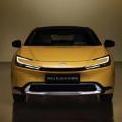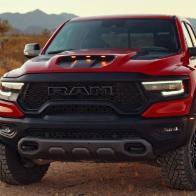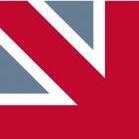JLR - Ingenium Family - 4 Cilindri Benzina e Diesel
-
Contenuti simili
-
Range Rover Sport M.Y. 2019 1 2 3 4 5
Pubblicato da Beckervdo,
- turbo elettrico
- elettrocompressore
- (e 10 altri in più)
- 40 risposte
- 30554 visite
-
JLR - Nuovi motori benzina Ingenium e trasmissioni Transcend 1 2 3
Pubblicato da __P,
- jaguar
- land rover
- (e 16 altri in più)
- 22 risposte
- 9644 visite
-
JLR - Jaguar e Land Rover useranno il MultiAir?
Pubblicato da J-Gian,
- jaguar tecnologia
- jlr tecnologia
- (e 8 altri in più)
- 9 risposte
- 3726 visite
-
-
-









.thumb.jpg.902d2a4f20a129e92b6f6920407b81bd.jpg)



















Messaggi Raccomandati:
Crea un account o accedi per lasciare un commento
Devi essere iscritto per commentare e visualizzare le sezioni protette!
Crea un account
Iscriviti nella nostra community. È facile!
Registra un nuovo accountAccedi
Sei già registrato? Accedi qui.
Accedi Ora